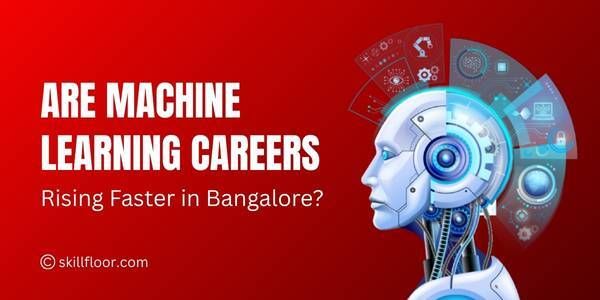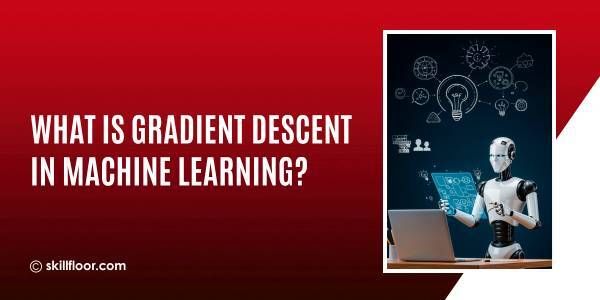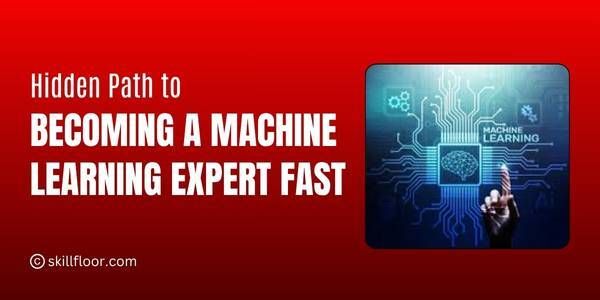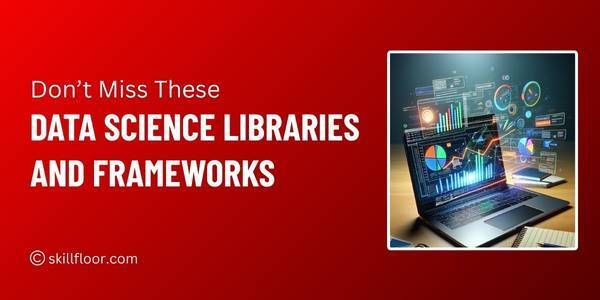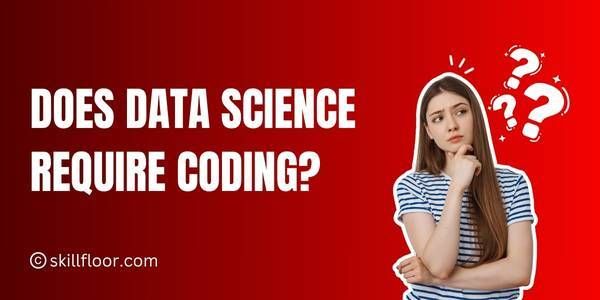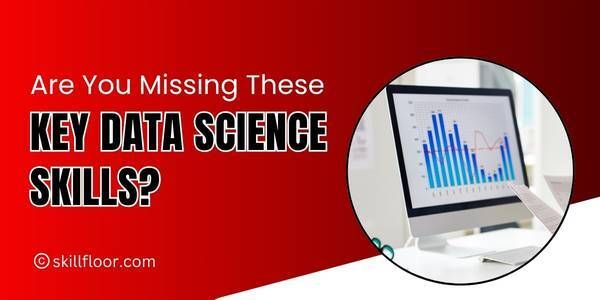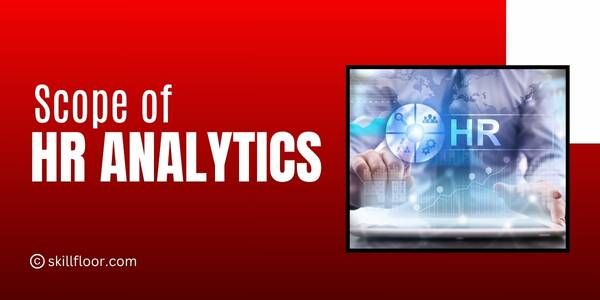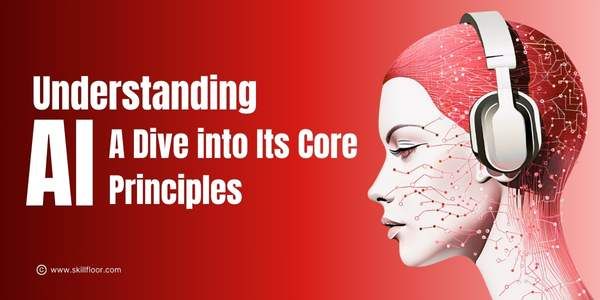Understanding Data Mining: Classification Techniques & Trends
Explore the fundamentals of classification in data mining, its key algorithms, recent trends, and how prediction in data mining drives smarter business decisions and optimizes resources.

Imagine walking into a massive library filled with countless books but no organization. Finding the book you want would be nearly impossible, right? That’s where classification in data mining comes into play — it’s like the librarian who organizes and categorizes information so you can find exactly what you need quickly and efficiently.
Classification is one of the most powerful and widely used techniques in data mining. At its core, classification involves sorting data into predefined categories or classes based on certain features. Whether it’s filtering emails into “spam” or “not spam,” diagnosing diseases based on symptoms, or predicting customer churn, classification helps turn raw data into meaningful insights.
What makes classification particularly exciting is its broad applicability across industries and its ability to drive smarter decision-making. With advancements in artificial intelligence and machine learning, classification techniques have become more sophisticated, accurate, and faster.
What is Classification in Data Mining?
Classification is a supervised learning technique in data mining where the goal is to predict the category or class label of new observations based on a training dataset containing examples with known class labels. It’s essentially teaching a machine to recognize patterns and make decisions based on historical data.
Key points about classification:
-
It works with labeled data (training data with known classes).
-
The output is discrete, meaning it assigns data points to specific categories.
-
Common applications include fraud detection, sentiment analysis, image recognition, and medical diagnosis.
-
It contrasts with clustering, which is an unsupervised technique that groups data without pre-existing labels.
Why is Classification Important?
Classification is crucial because it helps organizations make accurate predictions in data mining that can improve outcomes and optimize resources. By analyzing historical data, classification models predict the category or class an unseen data point belongs to, enabling better decision-making. Here’s why prediction in data mining through classification matters:
-
Decision Support: Helps in automating and improving decision-making processes.
-
Risk Management: Identifies high-risk cases such as credit defaults or fraudulent transactions.
-
Customer Insights: Segment customers for targeted marketing and improved retention.
-
Healthcare Advances: Assists doctors in diagnosing diseases by analyzing patient data.
-
Operational Efficiency: Automates sorting tasks in large datasets, saving time and resources.
Popular Classification Algorithms
There are many algorithms to perform classification, each with its strengths depending on the problem type and data characteristics. Here are some of the most widely used:
-
Decision Trees: Simple, intuitive models that split data based on feature values to classify data points.
-
Random Forest: An ensemble of decision trees that improves accuracy by averaging multiple trees’ predictions.
-
Support Vector Machines (SVM): Effective in high-dimensional spaces, finding the optimal boundary between classes.
-
Naive Bayes: Based on Bayes’ theorem, it assumes feature independence and works well for text classification.
-
K-Nearest Neighbors (KNN): Classifies data based on the classes of its nearest neighbors in the feature space.
-
Neural Networks: Inspired by the human brain, powerful for complex classification tasks like image and speech recognition.
The Classification Process in Data Mining
Classification in data mining follows a systematic process to ensure accurate and reliable predictions. Here’s a brief overview of the key steps involved:
-
Data Collection:
Gather a labeled dataset where each data point has a known class. This dataset serves as the foundation for training the classification model. -
Data Preprocessing:
Clean the data by handling missing values, removing noise, and normalizing features to ensure quality input for the model. -
Feature Selection:
Identify and select the most relevant attributes or variables that influence the target class, improving model efficiency and accuracy. -
Model Training:
Use a classification algorithm (like decision trees, SVM, or neural networks) to learn patterns from the training data. -
Model Evaluation:
Test the model on unseen data (test set) and evaluate its performance using metrics such as accuracy, precision, recall, and F1-score. -
Model Deployment:
Apply the trained model to classify new, incoming data and support decision-making in real-world scenarios.
This structured process ensures that classification models are well-prepared to deliver accurate predictions and valuable insights in various applications.
Types of Classification in Data Mining
Classification in data mining can be broadly categorized based on the nature of the target variable and the algorithmic approach used. Understanding these types helps in selecting the right method for a specific problem:
-
Binary Classification
-
Involves two classes or categories, such as “spam” vs. “not spam” emails.
-
Common in fraud detection, medical diagnosis, and sentiment analysis.
-
Multi-class Classification
-
Data points are classified into more than two classes. For example, categorizing news articles into “sports,” “politics,” “technology,” etc.
-
Widely used in image recognition, speech recognition, and document classification.
-
Multi-label Classification
-
Each data point can belong to multiple classes simultaneously. For instance, a movie could be both “comedy” and “drama.”
-
Useful in tagging, recommendation systems, and bioinformatics.
-
Hierarchical Classification
-
Organizes classes in a tree-like structure where each node represents a category or subcategory.
-
Applied in organizing documents or product categorization in e-commerce.
-
Hard vs. Soft Classification
-
Hard classification assigns a definitive class label.
-
Soft classification provides probabilities for each class, indicating uncertainty.
-
Supervised Classification
-
Relies on labeled training data to build models.
-
The most common type of classification in data mining.
-
Semi-supervised and Unsupervised Approaches
-
Semi-supervised uses a small amount of labeled data and a large amount of unlabeled data.
-
Unsupervised classification (clustering) groups data without predefined labels, which is outside strict classification but related.
Purpose of Classification in Data Mining
Classification serves several vital purposes in data mining, enabling organizations to extract value from data by making informed predictions
-
Prediction:
Classification helps predict the category or class of new data points, enabling proactive decision-making. For example, predicting whether a customer will churn or not. -
Decision Support:
It automates and improves decision-making processes by categorizing data to support business rules and strategies. -
Risk Identification:
Classification models identify high-risk instances, such as potential fraudulent transactions or disease diagnosis, enabling timely interventions. -
Segmentation:
It segments customers, products, or behaviors into meaningful groups for targeted marketing or personalized recommendations. -
Automation:
Classification automates sorting and categorizing large volumes of data, saving time and reducing manual errors. -
Insight Discovery:
Helps uncover patterns and relationships in data that may not be obvious, providing deeper business insights.
By accurately categorizing data, classification supports a wide range of applications across industries—from healthcare and finance to retail and social media—making it a cornerstone technique in data mining.
Recent Trends in Classification
Classification techniques are evolving rapidly, driven by innovations in machine learning and AI
-
Deep learning: Complex neural networks with multiple layers are pushing the boundaries of classification, especially in image and speech processing.
-
Explainable AI: Making classification models more transparent to build trust and meet regulatory requirements.
-
Automated Machine Learning (AutoML): Platforms that automatically select and tune classification algorithms, making the technology accessible to non-experts.
-
Hybrid Models: Combining multiple algorithms to improve classification accuracy and robustness.
-
Edge AI: Implementing classification on edge devices for real-time, privacy-conscious applications.
Real-World Applications of Classification
Classification is everywhere. Some examples include
-
Banking: Fraud detection by classifying transactions as legitimate or fraudulent.
-
Healthcare: Diagnosing diseases based on symptoms and test results.
-
Retail: Predicting customer churn and segmenting customers for personalized marketing.
-
Email Services: Filtering spam emails from inbox messages.
-
Social Media: Sentiment analysis to gauge public opinion on products or events.

Job Roles That Use Classification Skills
Professionals with expertise in classification techniques are in high demand. Key roles include:
-
Data Scientist: Designs and implements classification models to solve complex problems.
-
Machine Learning Engineer: Develops scalable classification algorithms for production systems.
-
Data Analyst: Uses classification to segment and interpret data trends.
-
Business Intelligence Analyst: Applies classification to improve business decision-making.
-
AI Researcher: Innovates new classification methods and applications.
Tools and Technologies for Classification
Popular tools for classification in data mining include
-
Python Libraries: Scikit-learn, TensorFlow, Keras, and PyTorch for building and training models.
-
R: Offers packages like caret and randomForest for classification tasks.
-
RapidMiner: A user-friendly platform for visual data mining workflows.
-
Weka: Open-source tool with a variety of classification algorithms.
-
Azure ML Studio/Google Cloud AI: Cloud platforms offering classification as a service.
Challenges in Classification
Despite its power, classification faces challenges such as:
-
Imbalanced Datasets: When some classes have far fewer examples, leading to biased models.
-
Noisy Data: Errors and inconsistencies that confuse classifiers.
-
Overfitting: Models that perform well on training data but poorly on new data.
-
Feature Selection: Identifying relevant features among many variables.
-
Interpretability: Complex models like deep neural networks can be hard to explain.
Best Practices for Effective Classification
-
Ensure high-quality, well-labeled training data.
-
Use cross-validation to evaluate models reliably.
-
Address class imbalance with techniques like SMOTE or weighted loss functions.
-
Regularly update models with new data to maintain accuracy.
-
Combine models through ensemble learning for better performance.
-
Prioritize interpretability when model transparency is critical.
Classification in data mining is a cornerstone technique that transforms raw data into actionable insights. From everyday applications like spam filtering to life-saving medical diagnoses, classification enables smarter, data-driven decisions. With ongoing advancements in AI and machine learning, the power and scope of classification continue to grow.
Whether you’re stepping into the world of data science or aiming to deepen your expertise, mastering classification techniques is essential. The demand for professionals skilled in classification is rising across industries, making it a valuable skill for a thriving career.
Embrace the potential of classification to organize, predict, and innovate with your data—turn information into intelligence and drive success in today’s digital age.






















